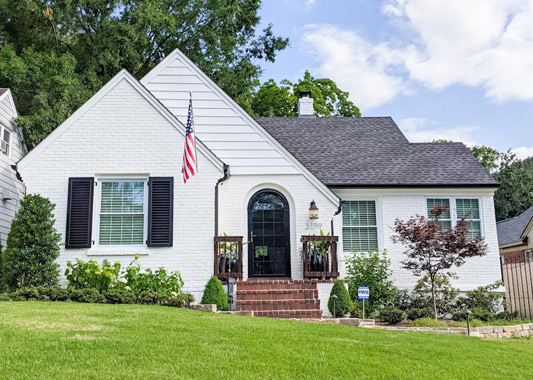Thanks to our friend Jeff Dinkle of EcoCustom Homes and the Passive House Alliance who found a couple of articles we will be posting on green building. This one shows a brighter future for Green Homes in 2011. It originally appeared in USA Today’s website.
What will be the top 2011 trends in green building? A non-profit research group expects green homes will become increasingly affordable, smart and energy-efficient — all trends that Green House agrees are likely.
“We believe it’s going to be a promising year for the green building industry,” writes Tom Breunig of the Earth Advantage Institute, a Portland, Ore.-based group that has has certified more than 11,000 eco-friendly homes. A recent report by McGraw-Hill Construction also gives a rosy forecast.
Breunig said his group compiles its annual top 10 trends based on discussions with builders, developers, architects, real estate brokers, appraisers, lenders and homeowners. Last year’s trends focused on water conservation, “rightsizing” of homes and “eco-districts” where people could walk or bike to most services.
This year’s trends include increased recycling of “greywater,” which is waste water from sinks and tubs (but not toilets) and greater use of smart meters as well as appliances that monitor their own energy use. Also expected: more accessory dwelling units or independent backyard cottages that function as rental units, studios, in-law suites or home offices.
What do you expect? I see a push to build homes that meet ultra-strict Passive House Institute standards for energy-efficiency. The Earth Advantage Institute cites these standards and a few other trends:
- Rethinking of residential heating and cooling. Advances in applied building science in the U.S. and abroad have resulted in homes that are so tightly sealed and insulated that furnace-less, ductless homes are now a reality. The increasingly popular “Passive House” standard, for example, calls for insulation in walls and ceilings that is so thick that the home is actually heated by everyday activity of the occupants, from cooking to computer use.
- Affordable green. Many consumers typically associate green and energy-efficient homes and features with higher costs. However, the development of new business models and technologies and the mainstreaming of high-performance materials is bringing high-performance, healthy homes within reach of all homeowners.
- Sharing and comparing home energy use. As social and purchasing sites like Facebook and Groupon add millions more members, the sharing of home energy consumption data – for rewards – is not far behind. The website Earth Aid (www.earthaid.net) lets you track home energy usage and earn rewards for energy savings from local vendors. … When coupled with other developments including home energy displays, a voluntary home energy scoring system announced by the Department of Energy, and programs including Oregon and Washington’s Energy Performance Score, a lot more people will be sharing — and comparing — their home energy consumption.
- Community purchasing power. Neighborhoods interested in renewable energy will increasingly band together to obtain better pricing on materials such as solar panels and on installation costs. The Solarize Portland program was initiated by local neighborhood leaders in Southeast Portland who wanted to increase the amount of renewable energy generated in their area by working together as a community. The program is structured so that the price of solar panel installation decreases for everybody as more neighbors join the effort.




 Photo Credit: Caldwell House, TN
Photo Credit: Caldwell House, TN